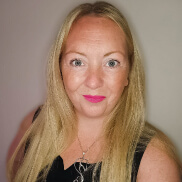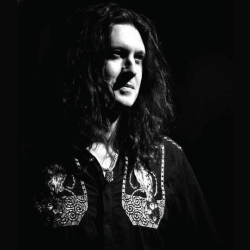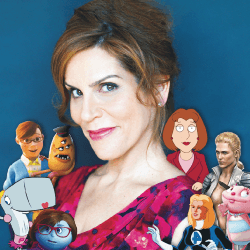
ALAN SHIRES: How many characters have you dubbed in your career to date?
JOSH MARTIN: Unfortunately, I cannot give you an exact number, but I would say well over 50, one way or another, either actual lines, or a quick death scene or a battle scene. I have done plenty of ‘yes sirs’.
ALAN SHIRES: Is this just anime or video games as well?
JOSH MARTIN: Yeah video games as well and commercials too.
ALAN SHIRES: What’s the biggest challenge with lip syncing and how do you beat it?
JOSH MARTIN: It is just about going for it; doing it the best you can and following what the lips are doing and trying to do your best to match that. It does not always work as the translations don’t always match up so often there is a creative freedom to fudge a syllable.
ALAN SHIRES: And the directors are cool with that type of freedom?
JOSH MARTIN: Sometimes you have 3 seconds to do 3 sentences, the Japanese lip flaps might have 30 flaps and you have to do it. So, matching every ‘T’, ‘Um’, ‘P’ and every syllable is not going to happen. But doing it so often and understanding the rhythm of things you can see it in the corner of your eye. You’ll see the flaps going whilst you’re reading. With practise and experience comes better execution of the whole thing over time.
ALAN SHIRES: What is your favourite genre of voiceover and why?
JOSH MARTIN: It has to be anime. It was my first type of voiceover, before that I worked with a comedy troop and I got to apply some of that into anime. Whereas commercials have to be done in a certain way but anime is my favourite.
ALAN SHIRES: Why is it your Favourite?
JOSH MARTIN: I like the process, I like the art, I like the subject, I like the fans, I like the people I work with. It is a dream job. I grew up with cartoons from the 70s, 80s and 90s. I get to do a lot things I have watched and I get to meet some people I listened to growing up so that’s fun as well.
ALAN SHIRES: Sounds like amazing fun! So, talking to voiceover artists what’s the biggest tip you can give them with lip syncing/dubbing whether it be Spanish to English, Japanese to English?
JOSH MARTIN: The biggest tip is to be able to see the script and the screen at the same time. It is very technical; you need to do the same work an actor does too. That’s all the script analysis and all the character work. So, beyond that it’s important to get the technical down as well as the lip sync as that’s a different process.
ALAN SHIRES: So foundationally you’re saying that they need to go into the booth as an actor, but they also need the additional skill of using their peripherals so they can see everything?

JOSH MARTIN: Exactly, thank you Alan I am going to bring you everywhere so you can translate what I mean.
ALAN SHIRES: Last but not least can you book work in lip-syncing/dubbing without an agent?
JOSH MARTIN: I can’t see why you couldn’t book work without an agent, but what I would say is with an agent it’s going to be higher quality and probably a little better paid in theory. There will be less of a grey area to worry about but at the same time if you’re just starting out and have not done any voice over work you can’t get an agent as you’ve never done any voiceover work. Luckily in this day and age of technology you can get on someone’s fan work or an original piece and they need someone reasonable and someone just starting out. That’s a place I know a lot of actors at Funimation and other places that have started out just like that. There is definitely a better opportunity to make that happen without an agent. However, I would strongly recommend making that a goal to get that agent because that’s going to get you what you want.

By: Alan Shires
Voice Artist and VON Business
Development Manager


























